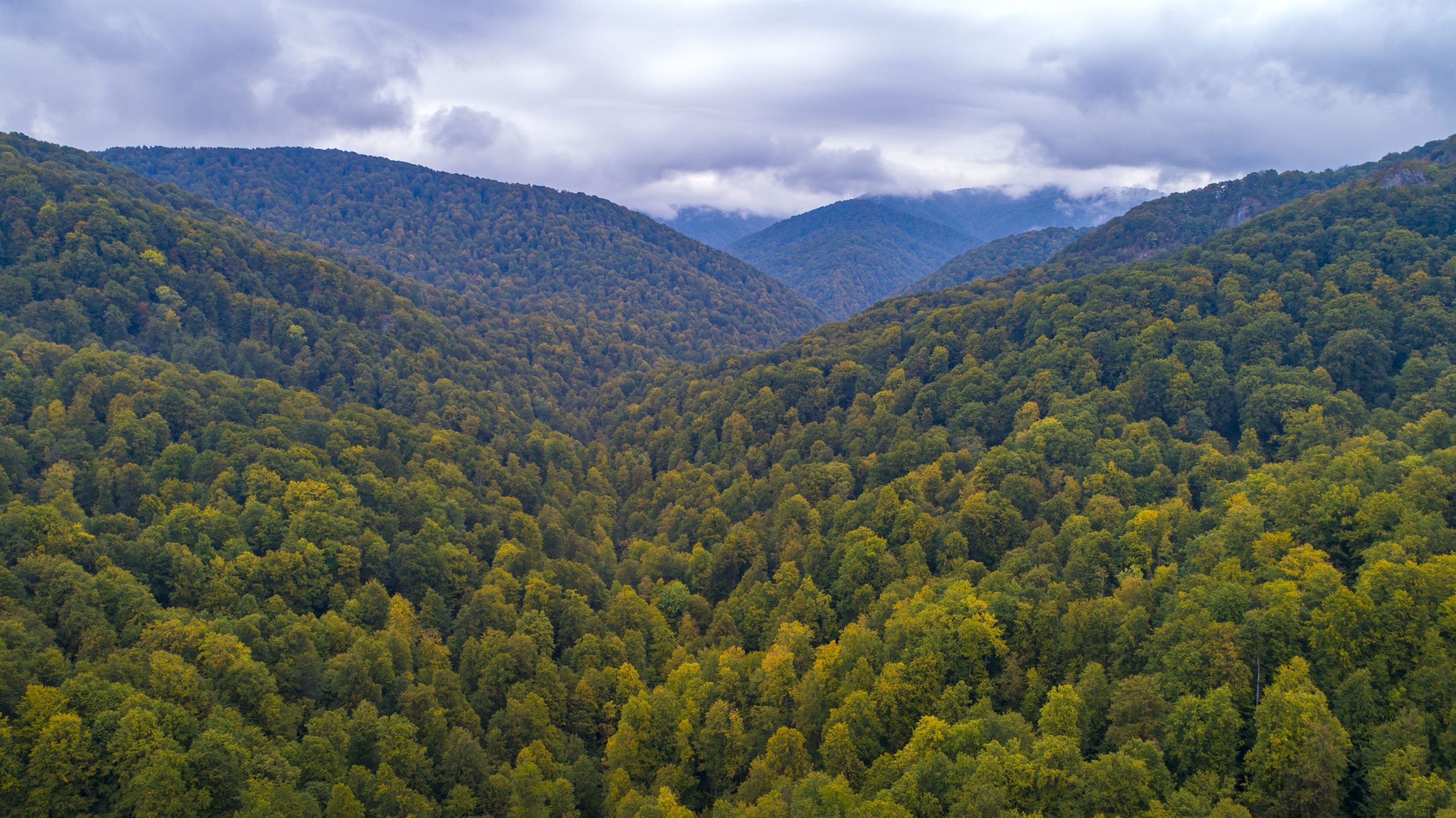We have moved!
The biosphere.center partnership is now integrated in the Biosphere Reserves Institute.
To get to know more about the Biosphere Reserves Institute you can visit our homepage:
https://www.biospherereserves.institute
Thank you!

The biosphere.center partnership is now integrated in the Biosphere Reserves Institute.
To get to know more about the Biosphere Reserves Institute you can visit our homepage:
https://www.biospherereserves.institute
Thank you!
